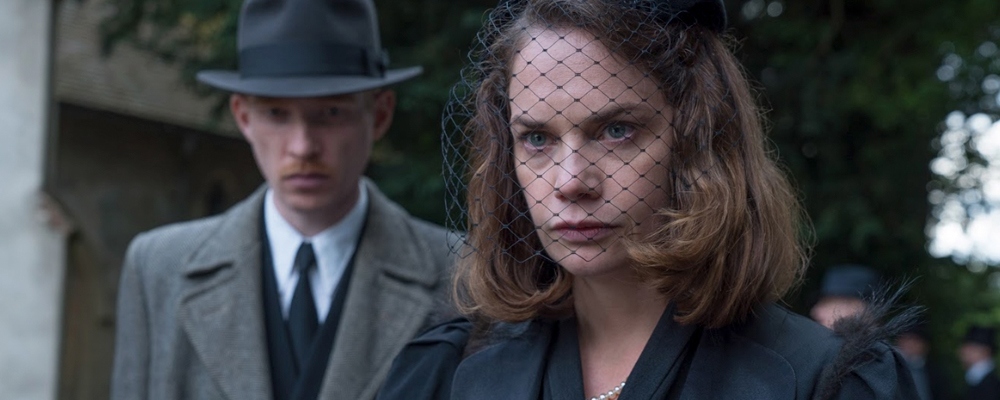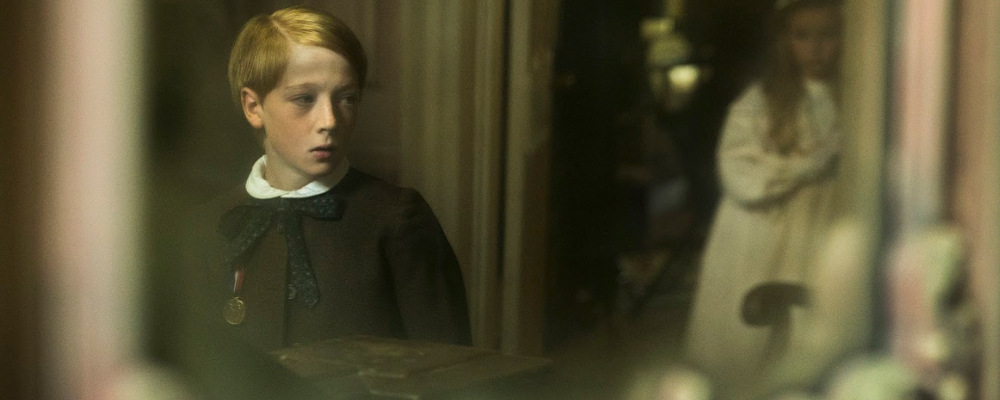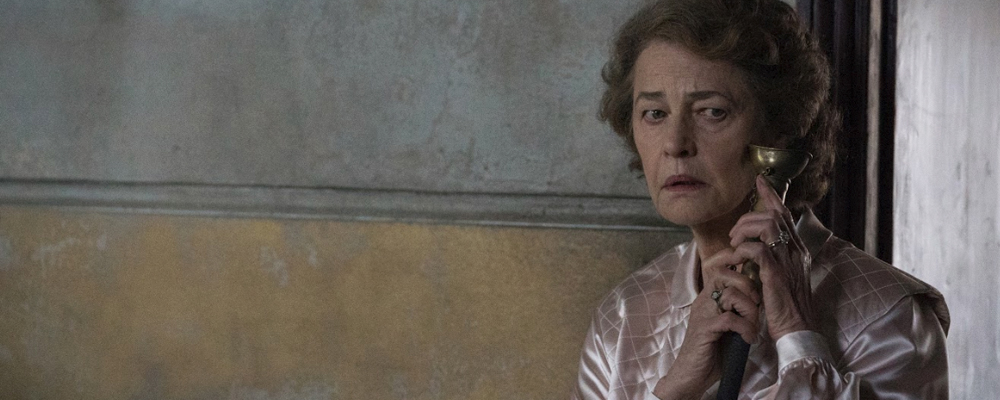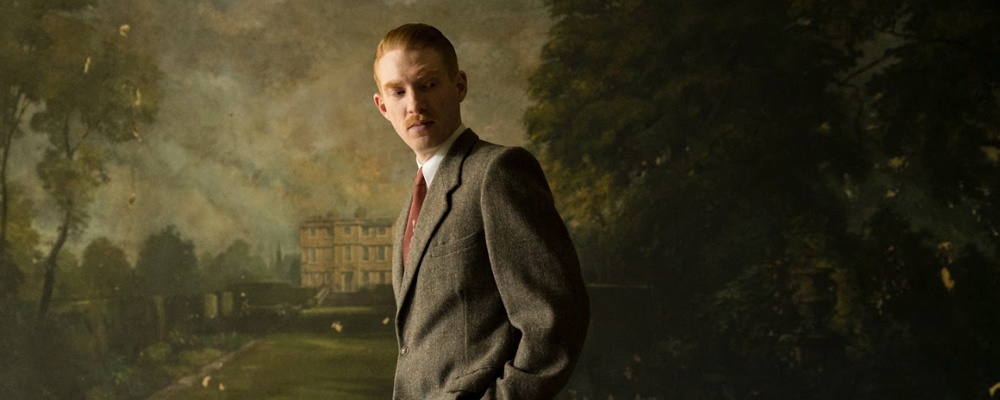The Spirits are Restless in Gothic Period Drama ‘The Little Stranger’
Alci Rengifo
“The Little Stranger” is an adaptation of a 2009 gothic novel by Sarah Waters, in which the haunted house element is simply a backdrop for a tale of radical social changes in post-war Britain and class disparities. The movie has a lot of gothic ambiance, but it gets so timid about exploring the novel’s wider themes that it becomes all style. The cast is strong, the director is worthy, but it merely slumbers.
The story takes place during the summer of 1948 in Warwickshire, England, where a working class doctor named Faraday (Domhnall Gleeson), is called in to check on a war-scarred veteran living in Hundreds Hall. It is a magnificent estate where Faraday’s mother once worked many years before. Now it is in decline with the matriarch Mrs. Ayers (Charlotte Rampling), her daughter Caroline (Ruth Wilson) and battle-scarred son Roderick (Will Poulter) living in its cold, ominous halls with a strange dread. Faraday has always harbored a secret desire for Hundreds Hall, ever since he first visited the place as a boy. As he begins making medical visits to the estate, he begins to grow closer to Caroline and Roderick. But as Faraday begins to fall for Caroline (or at least for her inheritance), the doctor soon discovers the family is convinced there is a dark presence in the Hall. The downward spiral begins during a small dinner party, when the family dog viciously attacks the child of some guests. Mrs. Ayers in particular is convinced it might have something to do with a younger Ayers who died years ago.
It can’t be denied that “The Little Stranger” features a strong cast and director. This is Lenny Abrahamson’s first film since 2015’s “Room,” a fantastic adaptation of a novel about a woman and her child’s forced confinement. His work has sometimes featured quirky humor, as in 2014’s bizarre but endearing “Frank,” where Michael Fassbender acted wearing a giant head. With “The Little Stranger” Abrahamson is trying to expand his range, going for a story set in the past, imagined with icy rooms and bare walls. The world of the story is evoked with a stark elegance in the cinematography Ole Bratt Birkeland. In its look it has similarities to haunted house dramas like “The Others.” Yet the spirits here are surely restless, but possibly because they sense the director is unsure of which angle of the story to tell.
Faced with a story rich in subtext and symbolism, Abrahamson decides to barely touch on the subtext. As a result, the narrative is bare and tedious, feeling in the opening scenes like a typical period drama, then swinging around after the middle into a semi-horror movie. There are a few hints here and there of the wider social conflicts. During an early conversation, Faraday debates with another doctor on the merits of a National Health Service. An early flashback sequence, of Faraday first seeing Hundreds Hall in 1919 as a boy, has more of the novel’s critique of class divisions in British society. But the rest of the film is fairly one dimensional, even in the way it presents the characters. Faraday is played by Gleeson as one note act, always looking somber, always speaking in hushed, passive aggressive tones. He is neither a proletarian trying to outdo the ruling class or even a man in love, he simply spends most of the movie scoffing at Mrs. Ayers and Carolina for insisting there’s an entity in Hundreds Hall. Faraday’s relationship with Caroline is treated with a shallow approach where we don’t sense much tension or drama between the two. He wants to marry her, obviously for the estate, she simply rejects him and he scowls for the rest of the movie. The screenplay by Lucinda Coxon skirts over the deeper content because it wants to emphasize a ghost story that is all decoration. By the end, when there is no doubt a spirit is indeed haunting this place, you have to wonder why Caroline insists she wants to move away, yet still spends her nights in the Hall. Viewers who nearly fainted during “Hereditary” will have a pleasant (or sleepy) time during this one.
But is “The Little Stranger” ever scary? Two scenes actually do muster gothic chills. The ghost in question spends most of the movie bored upstairs, but when Abrahamson lets her rip it gets dicey. In one scene Mrs. Ayers finds herself trapped in a room, in a panic after appearing to hear a strange, ominous sound over a receiver. This moment has aggressive tension and a pounding rhythm. Another moment involving a dog attack also conjures real terror. Of course a good horror film need not be all blood and agony. Great haunted house films create an overwhelming sense of dread, “The Little Stranger” creates an overwhelming sense of slow tediousness.
“The Little Stranger” lacks the melodrama of a decent period piece and the scares of a horror film. You don’t get “Parade’s End” or “The Babadook.” What we get are well-composed shots and fine actors. The ghost, however, is as lost as the film’s ambitions.
“The Little Stranger” opens Aug. 31 in theaters nationwide.




